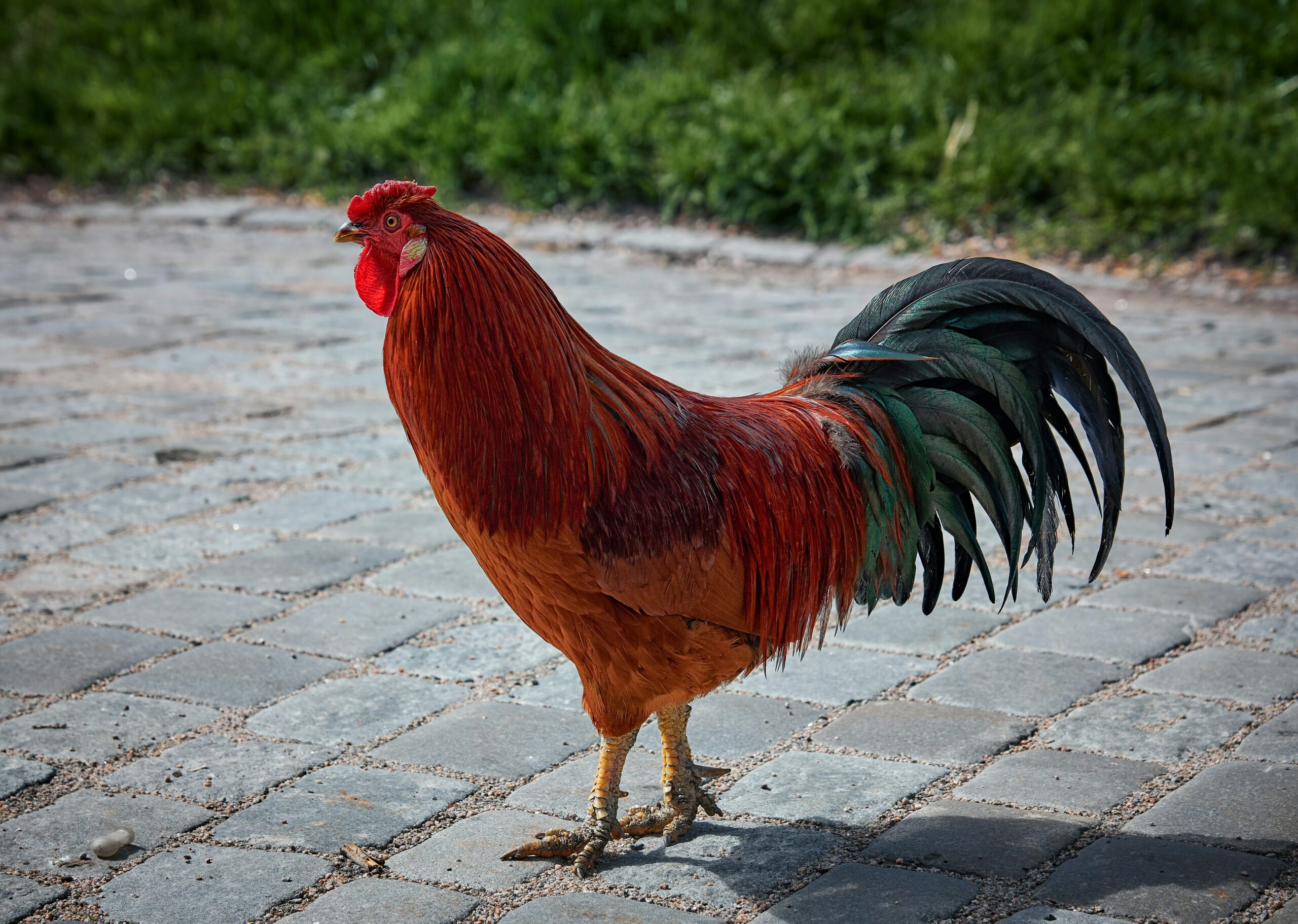Introduction to Wrapping Chicken Feet
Chicken keeping comes with its joys and challenges—and one of the more surprising tasks you might face is wrapping a chicken’s foot. Whether it’s a minor cut, a bumblefoot infection, or an injured claw, knowing how to wrap a chicken foot can help your feathered friends recover faster and stay comfortable.
Wrapping may sound simple, but doing it wrong can lead to poor healing or worse, further injury. That’s why this complete guide walks you through each step, what materials to use, how to avoid mistakes, and even how to calm your chicken down during the process. Let’s dive into the coop and get those chicken feet back on track!
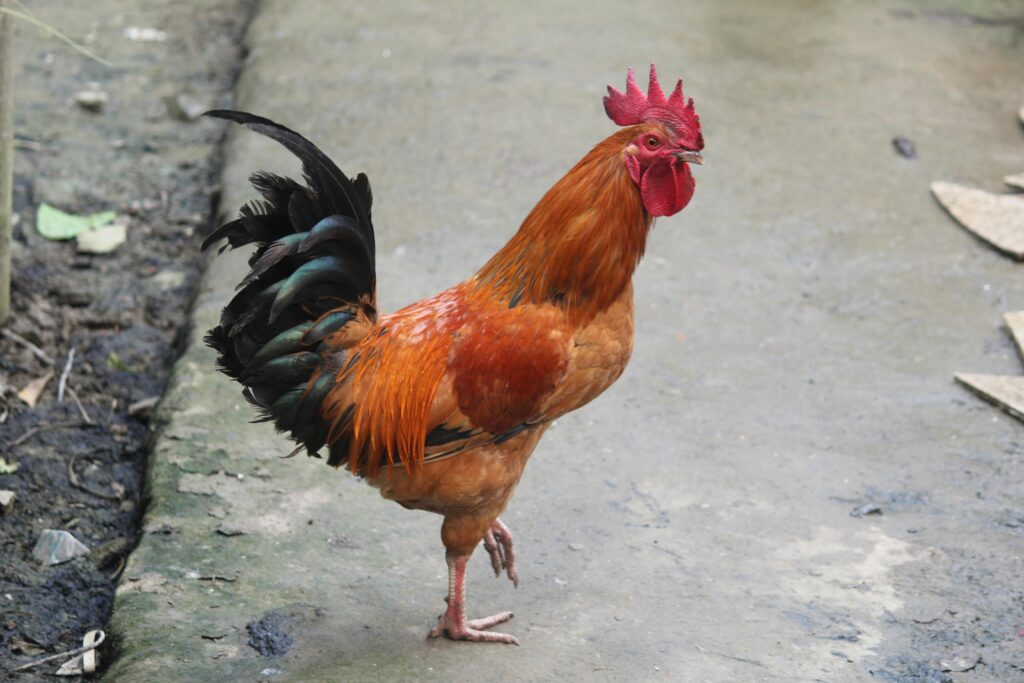
Photo by Moon Bhuyan
How to Wrap a Chicken Foot
Wrapping a chicken foot takes patience, gentleness, and the right supplies. Here’s how to do it properly:
- Clean the area first – Use a saline solution or diluted iodine to gently clean the foot.
- Dry thoroughly – A dry foot prevents fungal or bacterial growth under the bandage.
- Apply ointment if needed – Use a poultry-safe antibacterial ointment if the foot has open wounds.
- Use padding – A gauze pad or soft wrap gives cushioning.
- Wrap snugly but not tightly – Use vet wrap or cohesive bandage to secure the padding, making sure it’s snug enough to stay in place but not cutting off circulation.
- Cover claws carefully – Make sure the claws are not bent unnaturally or wrapped too tightly.
- Secure with tape – If needed, use medical tape to finish it off—but avoid tape sticking to feathers.
And just like that, your chicken’s foot is wrapped safely!
Why Wrap Chicken Feet?
There are several reasons why you might need to wrap a chicken’s foot:
- Injury or wounds – Cuts, scrapes, or broken claws.
- Infection – Conditions like bumblefoot that require treatment and protection.
- Post-surgical care – After veterinary procedures, a foot wrap can help keep things clean.
- Protection during molting or pecking – Some chickens may peck at injured flockmates.
Proper wrapping not only helps protect the injury from dirt and bacteria but also supports healing and prevents further damage from movement.
Types of Injuries That Require Wrapping
Some common chicken foot issues include:
| Injury Type | Description |
| Bumblefoot | A staph infection often caused by cuts or pressure sores. |
| Broken Toe | May need stabilization via wrap and vet consultation. |
| Puncture Wounds | Caused by sharp objects in the coop or yard. |
| Swollen Footpads | Often a sign of internal injury or early infection. |
| Claw Injuries | Torn or broken claws that can bleed or get infected. |
Not all injuries require wraps, but if there’s visible swelling, bleeding, or infection, wrapping is usually beneficial.
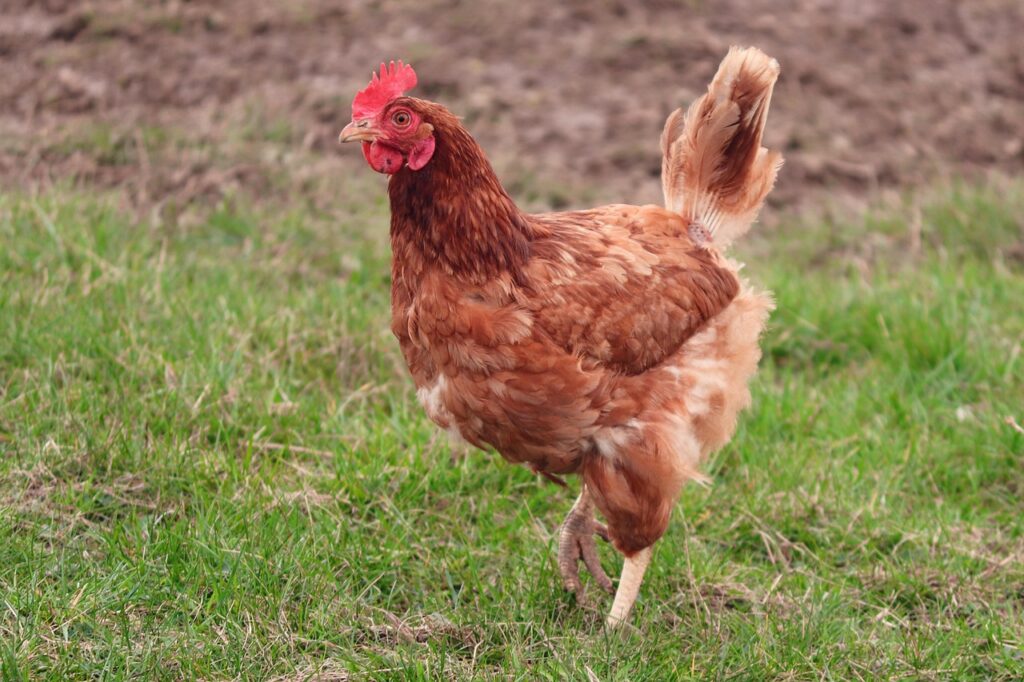
Image by Manfred Richter from Pixabay
Materials Needed for Wrapping Chicken Feet
Here’s your basic chicken foot-wrapping kit:
- Clean towel or chicken restraint
- Saline solution or iodine
- Sterile gauze pads
- Antibacterial ointment
- Vet wrap or self-adhesive bandage
- Medical tape (optional)
- Scissors
- Gloves (for hygiene)
It’s always good to keep these items handy in your chicken first-aid kit.
How to Identify a Chicken Foot Injury
Look out for:
- Lameness or limping
- Swelling or redness
- Warmth to the touch
- Visible wounds or abscesses
- Reluctance to walk or perch
Early detection means quicker healing. Always inspect feet during your weekly chicken health check.
Cleaning and Disinfecting the Foot Before Wrapping
Before wrapping, cleaning is essential. Follow these steps:
- Gently soak the foot in warm saline water for 5–10 minutes.
- Use a soft toothbrush or cloth to remove dirt.
- Disinfect with iodine or chlorhexidine solution.
- Pat dry with sterile gauze.
Skipping this step can lead to infections and slow healing.
Best Bandages and Tapes to Use on Chicken Feet
Not all wraps are created equal. These work best:
- Vet Wrap – Self-adhesive, stretchy, and breathable.
- Coban Tape – Medical-grade, doesn’t stick to feathers.
- Gauze Rolls – Good for inner padding.
- KT Tape (cut into strips) – Useful for support and protection.
Avoid duct tape or electrical tape—they don’t breathe and can damage feathers.
How Tight Should the Wrap Be?
Here’s a simple rule: Snug, not tight.
If you see:
- Purple toes
- Swelling below the wrap
- Limping worse than before
…the wrap is likely too tight. You should be able to slide a finger underneath it gently.
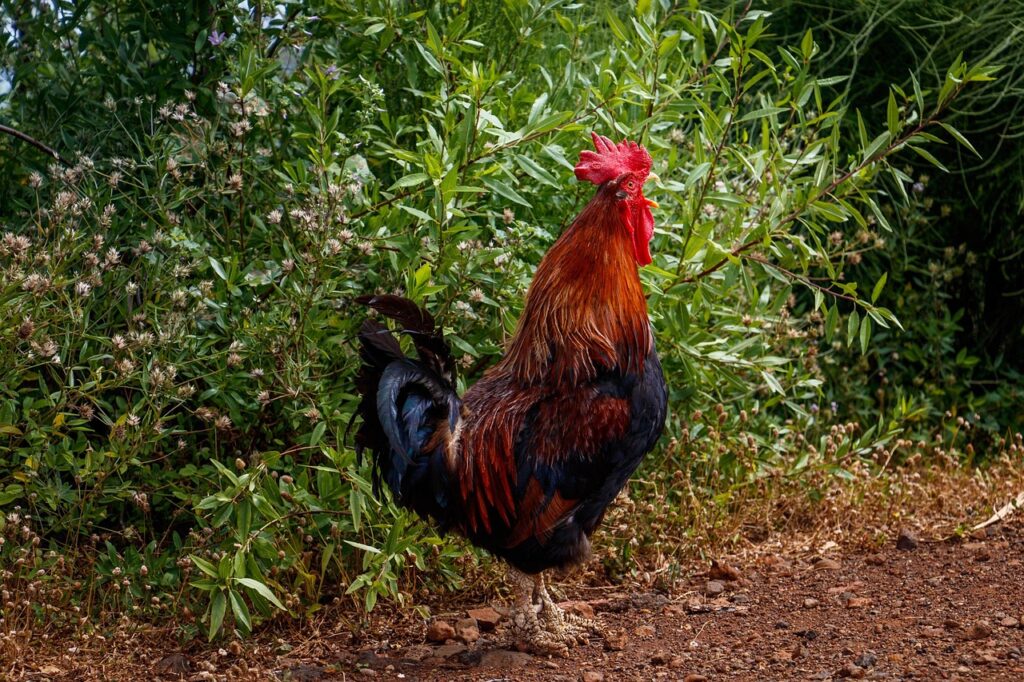
When and How Often to Change the Wrap
Bandages should typically be changed every 24–48 hours, depending on:
- The severity of the wound
- Whether it got wet or dirty
- Presence of discharge or odor
Each time you change it, inspect the healing progress.
Preventing Foot Injuries in Chickens
An ounce of prevention really is worth a pound of cure. Tips:
- Keep coop floors dry and clean.
- Avoid sharp objects in the run.
- Trim claws regularly.
- Provide soft bedding (like straw or pine shavings).
- Offer platforms for roosting that don’t stress the footpads.
Healthy habitat = healthy feet.
Common Mistakes When Wrapping a Chicken Foot
Here’s what to avoid:
- Wrapping too tight – Cuts off circulation.
- Forgetting to clean – Traps bacteria under the wrap.
- Using sticky tape directly on feathers – Painful removal!
- Not trimming claws – Long claws can snag the bandage.
- Using non-breathable materials – Encourages infection.
How to Calm a Chicken During Wrapping
Chickens don’t love being handled—here’s how to help:
- Wrap them gently in a towel (“chicken burrito” method).
- Work in a quiet, calm environment.
- Talk softly to them.
- Enlist a helper to hold the chicken steady.
- Offer a treat after the process.
A calm bird = safer and quicker wrap.
Signs the Wrapping Is Working or Not
Working signs:
- Reduced swelling
- No discharge
- Chicken walks more comfortably
- No foul smell
Bad signs:
- Wrap slips off
- Chicken is pecking at the wrap
- Foot looks worse
- Purple or cold toes
In these cases, reassess or call a vet.
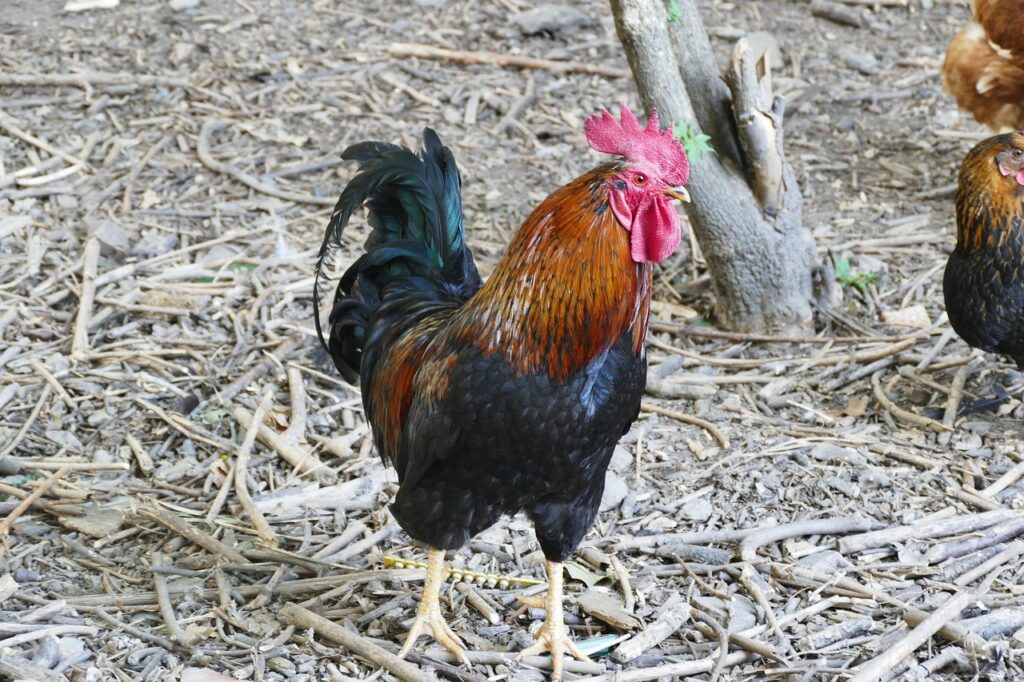
Image by kurt duschek from Pixabay
Veterinary Advice: When to Call the Vet
You should involve a vet if:
- The wound is deep or bleeding won’t stop.
- Infection is spreading up the leg.
- You see pus, foul odor, or rapid swelling.
- The chicken won’t walk at all.
- Multiple wrapping attempts have failed.
Better safe than sorry when it comes to infection or serious injury.
Chicken Breeds More Prone to Foot Injuries
Some breeds are more vulnerable:
- Brahmas & Cochins – Heavy birds with feathered feet.
- Silkies – Prone to footpad issues due to soft feathered feet.
- Cornish Cross – Their rapid weight gain stresses the feet.
- Leghorns – Lighter but high-energy and can get caught on wire.
Choose coop features and care routines accordingly.
FAQs About How to Wrap a Chicken Foot
Can I use human bandages on chicken feet?
Yes, but only breathable, self-adhesive ones like vet wrap or gauze—not sticky bandages.
How long should I keep a chicken foot wrapped?
Usually 3–7 days depending on the injury. Change wrap every 1–2 days.
Is bumblefoot contagious?
No, but it can become serious if left untreated.
Can I wrap a chicken foot without a vet?
Yes, for minor injuries. But consult a vet for deep wounds or infections.
Should I isolate the chicken after wrapping?
Yes, temporarily. Keeps the wrap clean and reduces pecking.
What if my chicken keeps removing the wrap?
Try wrapping higher up the leg for better grip and distraction with food.
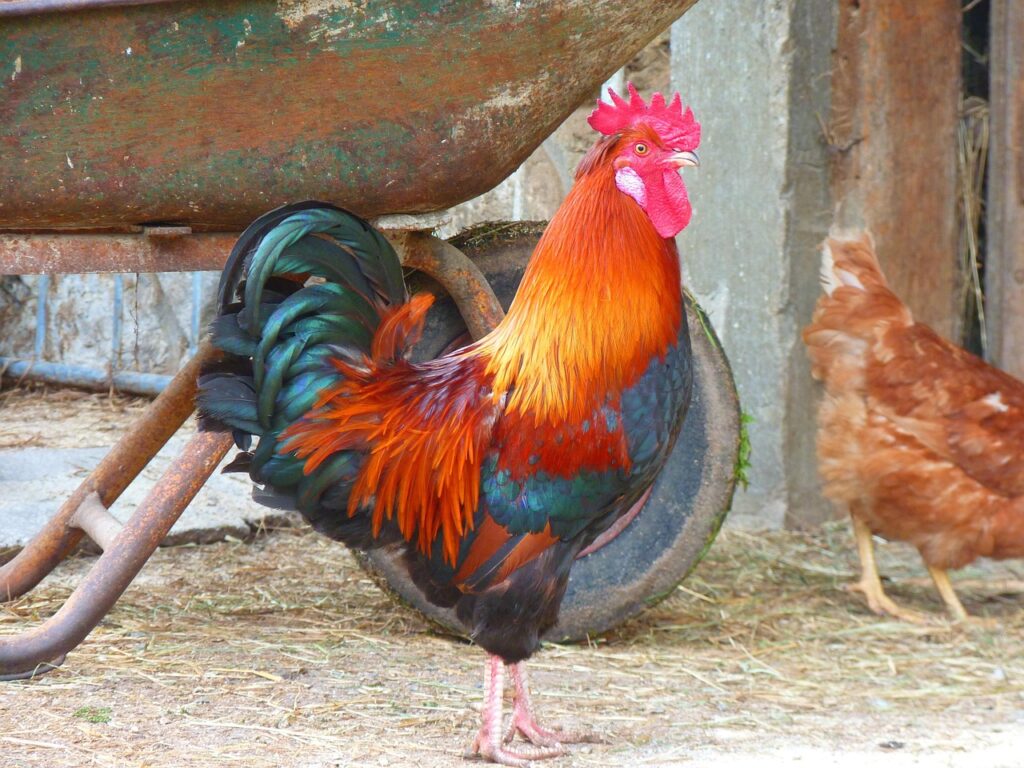
Image by LoggaWiggler from Pixabay
Conclusion: Proper Care for Happy Feet
Knowing how to wrap a chicken foot gives you the power to care for your flock with confidence. From minor cuts to serious wounds, this skill can help you save your chickens from unnecessary pain and long-term problems. Always remember—clean first, wrap right, and watch closely. Your chickens will thank you with every happy step they take!
